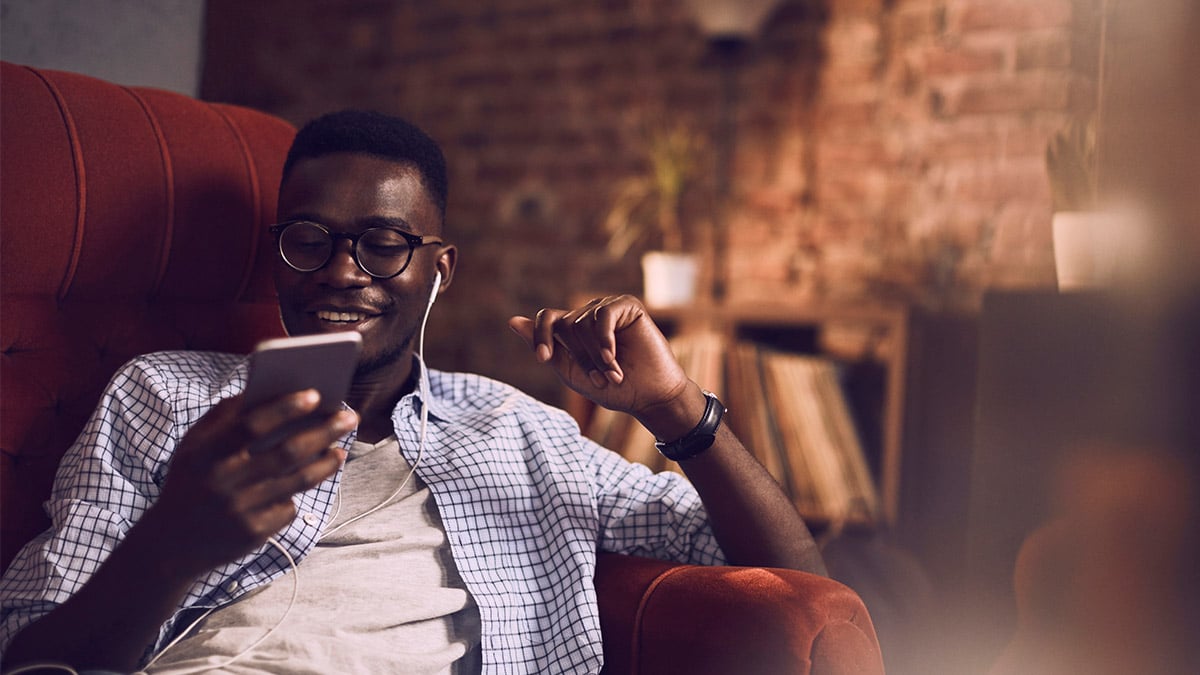The social audio app Clubhouse was one of the most popular apps of 2020, although its appeal has since cooled. Late last year, Twitter Spaces made its appearance, and social audio platforms are launching or reportedly in development at Facebook and LinkedIn. But is it worth using social audio for your audience, and what might you use it for?
My advice, which I shared recently at UNESCO’s Remote Radio Week, is to ignore the hype about whether or not specific platforms have had their moment in the sun and focus on whether the technology will be useful to your audience and whether they’re likely to adopt it. First, you need to understand how these platforms work and what they can do.
Social audio platforms are mobile-first, audio-only platforms where you can have a live conversation. You can make it publicly available, so anyone — anywhere in the world — can listen in, or you can make it private. Both Clubhouse and Twitter Spaces allow you to record public conversations.
The Specifics
Clubhouse users can make recordings available as replays within the app. Recorded Twitter Spaces can also be replayed on Twitter for 30 days and downloaded for use on other platforms.
This versatility provides new avenues for collecting audio for radio shows and podcasts. Instead of having to get a guest into a radio studio, you can record them via a smartphone on platforms optimized for audio quality. The sound isn’t as good as a radio studio, and as these conversations are taking place over the internet, they are vulnerable to glitches and audio drop-outs.
Instead of having to get a guest into a radio studio, you can record them via a smartphone on platforms optimized for audio quality.
It is also possible to charge for social audio events, using Ticketed Spaces and Clubhouse Payments, opening up a new source of revenue, especially for influencers and freelancers with a strong social media following and personal brand. Both platforms are constantly releasing new features.
The opportunity to have a live public chat makes these apps really shine, though, and here are some case studies to get you thinking.
Explainers
The American space agency NASA has used Twitter Spaces to explain how space telescopes give us a better understanding of the universe, with a chance for anyone to ask questions.
Newsgathering
In April 2021, BBC journalist Abdirahim Saeed used Clubhouse to find contributors to a short film on how Black people in Britain are more likely to experience common mental health issues and are disproportionately affected by mental health legislation. Saeed has also used Clubhouse to talk about the 10th anniversary of the Arab Spring protest movement.
Community Engagement
Fijian journalist Lice Movono used Twitter Spaces to run a daily conversation about the state of the COVID-19 pandemic, allowing audience members to share their experiences and feelings, and provide information about vaccination roll-outs in the Pacific country.
The founder of the International Mobile Journalism Festival, Glen Mulcahy, has used Clubhouse to bring together past and future conference attendees, providing continuity and a sense of community during the pandemic when many events were canceled or moved online.
Regular Shows
TechCrunch’s editor-at-large, Mike Butcher, uses Clubhouse to run a weekly “Tech Media Show.” The show is recorded and available for replay on the Clubhouse website. The show featured in a recent Press Gazette story about how journalists can use social audio platforms.
Creating and Promoting Podcasts and Radio Shows
This is probably the most viable opportunity for radio creators to use social audio. Unlike digital-only creators, your radio station gives you an existing outlet and audience with a demonstrated interest in audio content. You can use social audio to build a buzz around a new show, have an “after-party” or special Q&A after a program, get audience reactions and ideas for follow-up stories and talk about important issues in a live forum that operates in a similar way to talkback radio. These and more great tips are in a recent blog by Twitter Marketing Manager Danielle Guigli.
The Verdict?
Social audio spaces are still a newcomer to the digital content landscape. Individual platforms may come and go, but the chance to have a live conversation about the issues that matter to your existing audience, and build new audiences anywhere in the world, remains exciting and largely untapped.
To successfully incorporate these platforms into your output, you must treat them like any other social space. That means cross-promoting upcoming Spaces or Rooms on your radio and podcast shows and other social platforms like your Facebook page. This will ensure your audience doesn’t miss a live session when it’s happening and can access the audio on replay after it ends.
It also means running social audio output regularly enough to build up a following. And it means conducting regular reviews — perhaps every three months to start with — to decide if this is a long-term human resources investment you want to make. Set clear goals you are confident you can achieve, so you can decide whether social audio will be an asset to your station into 2022 and beyond.
The author is director of the Digital Skills Agency, which provides training and consultancy to newsrooms, NGOs and businesses globally on mobile journalism, social media, multimedia and digital-first strategy. Her clients include WAN-IFRA, the Asia Pacific Broadcasting Union, Thomson Reuters Foundation and BBC Media Action.

